Discover 20 hidden attractions, cool sights, and unusual things to do in Pretoria (South Africa). Don't miss out on these must-see attractions: Pretoria Zoo, Voortrekker Monument, and Church Square. Also, be sure to include Union Buildings in your itinerary.
Below, you can find the list of the most amazing places you should visit in Pretoria (Gauteng).
Table of Contents
Pretoria Zoo
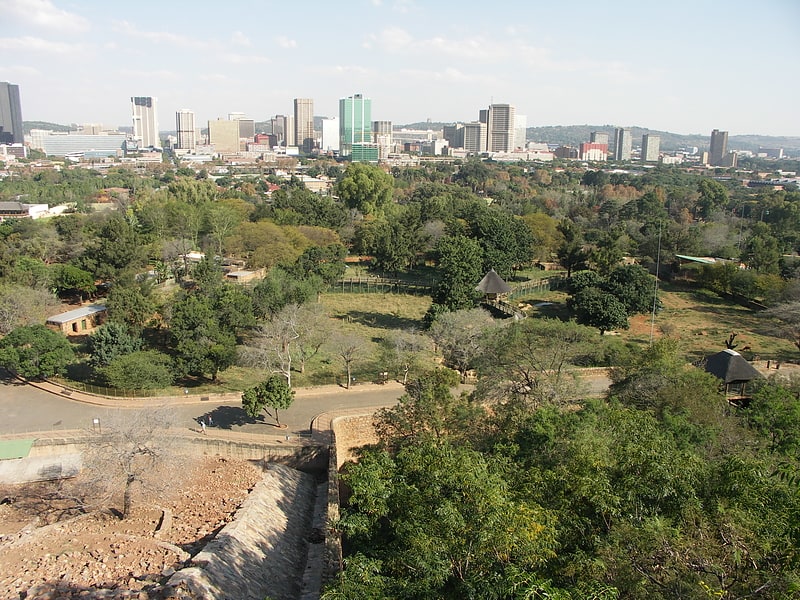
Also known as: Nasionale Dieretuin van Suid-Afrika
Zoo in Pretoria, South Africa. The National Zoological Garden of South Africa is an 80-hectare zoo located in Pretoria, South Africa. It is the national zoo of South Africa, and was founded by J. W. B. Gunning in 1899. Pretoria Zoo is one of the eight largest zoos in the world and one of the most highly rated.[1]
Address: Pretorius St, 0083 Pretoria
Voortrekker Monument

Also known as: Voortrekkermonument
Monument to Afrikaans settlers. The Voortrekker Monument is located just south of Pretoria in South Africa. The granite structure is located on a hilltop, and was raised to commemorate the Voortrekkers who left the Cape Colony between 1835 and 1854. It was designed by the architect Gerard Moerdijk.
On 8 July 2011, the Voortrekker Monument was declared a National Heritage Site by the South African Heritage Resource Agency.[2]
Address: Eeufees Road, 0187 Pretoria
Church Square
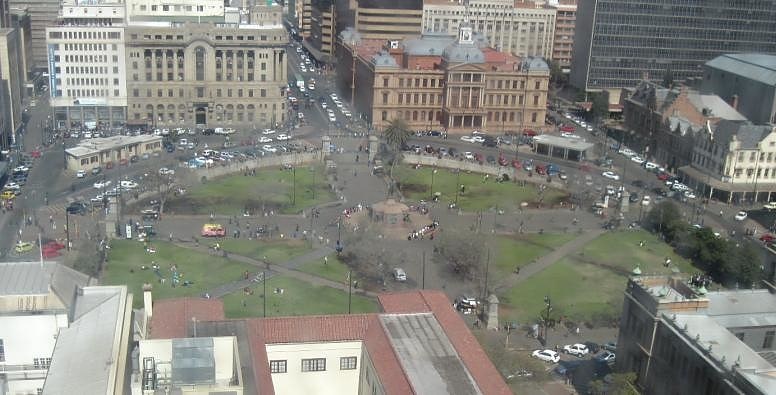
Also known as: Kerkplein, Pretoria
Church Square, originally Market Square, is the square at the historic centre of the city of Pretoria, Gauteng, South Africa. The founder of Pretoria, Marthinus Pretorius, determined that the square be used as a market place and church yard. It was subsequently named for the church buildings that stood at the centre of the square from 1856 to 1905. The square's most prominent feature, since June 1954, is the statue of the late Boer leader and president of the South African Republic, Paul Kruger, at its centre. Statues of four anonymous Boer citizen-soldiers surround that of Kruger on a lower level of the plinth.[3]
Address: Stanza Bopape Street, 0186 Pretoria
Union Buildings

Also known as: Uniegebou
South Africa's seat of government. The Union Buildings form the official seat of the South African Government and also house the offices of the President of South Africa. The imposing buildings are located in Pretoria, atop Meintjieskop at the northern end of Arcadia, close to historic Church Square and the Voortrekker Monument. The large gardens of the Buildings are nestled between Government Avenue, Vermeulen Street East, Church Street, the R104 and Blackwood Street. Fairview Avenue is a closed road through which only officials can enter the Union Buildings. Though not in the centre of Pretoria, the Union Buildings occupy the highest point of Pretoria, and constitute a South African national heritage site.
The Buildings are one of the centres of political life in South Africa; "The Buildings" and "Arcadia" have become metonyms for the South African government. It has become an iconic landmark of Pretoria and South Africa in general, and is one of the most popular tourist attractions in the city and an emblem of democracy.
The Buildings are the location of presidential inaugurations.[4]
Address: Government Ave, Pretoria
Ditsong National Museum of Cultural History
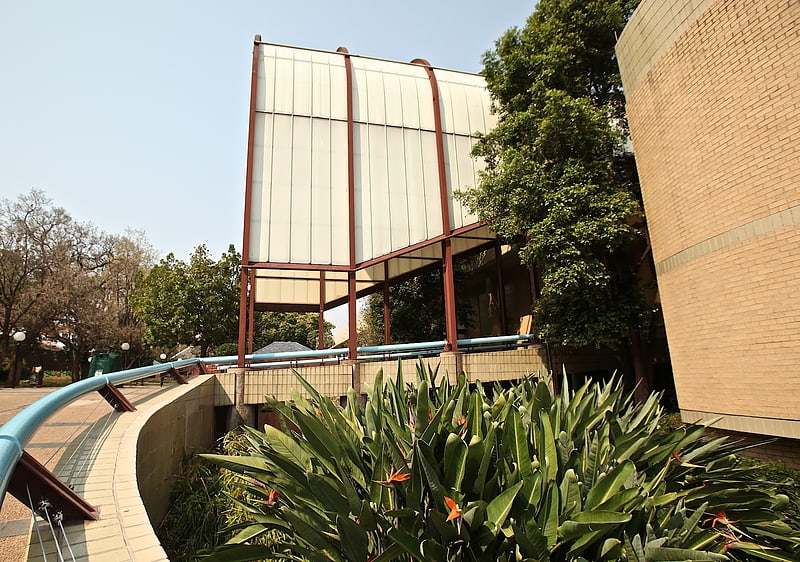
Also known as: Ditsong Nasionale Kultuurhistoriese Museum
Museum in Pretoria, South Africa. The African Window is a building in Pretoria, Gauteng, which houses the Ditsong National Museum of Cultural History of South Africa. The DNMCH was amalgamated with the Pretoria-based Transvaal Museum for Natural History (now the Ditsong National Museum of Natural History and the South African National Museum of Military History (now the Ditsong National Museum of Military History on 1 April 1999 to form the Northern Flagship Institution. In April 2010 the new name was launched, and the NFI became Ditsong Museums of South Africa. Ditsong is managed by a chief executive officer and a board, which replaced the three separate previous museum boards.
The collection of the museum includes objects such as excavated archaeological material and artworks, historical documents, archives, various current and historical audiovisuals, Stone Age, Iron Age and historic archaeology sites, historical buildings, and early domesticated animals.[5]
Loftus Versfeld Stadium
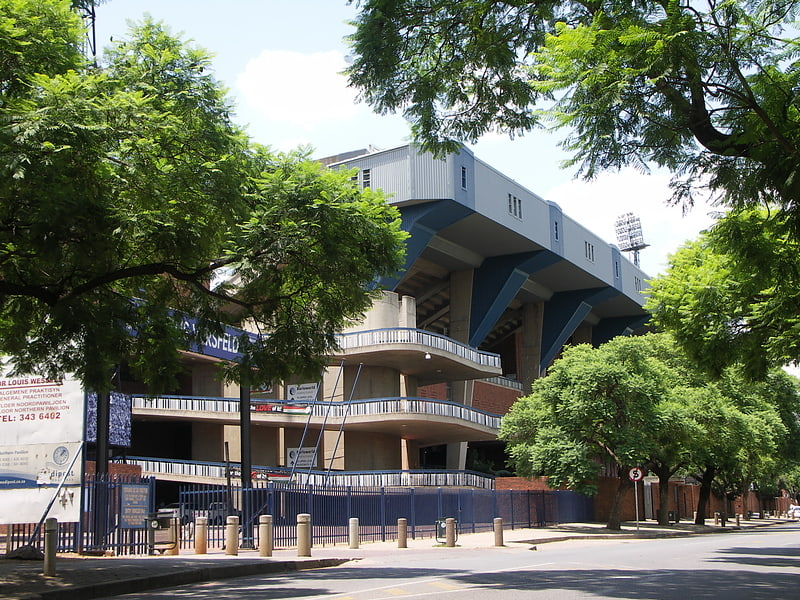
Also known as: Loftus Versfeld
Stadium in Pretoria, South Africa. Loftus Versfeld Stadium is a rugby union and Association football stadium situated in the Arcadia suburb of the city of Pretoria in the Gauteng province of South Africa. The stadium has a capacity of 51,762 for rugby union and it is occasionally used for football matches.
The stadium is the home ground of the Bulls franchise of the United Rugby Championship and the Blue Bulls union in South Africa's Currie Cup. It also hosted the 2009 Super 14 Final which the Bulls won 61–17 against the Waikato Chiefs, and the 2009 Currie Cup final, which the Bulls went on to win 36–24 against the Free State Cheetahs.
Also, the South Africa national rugby union team has played several test matches at the Loftus Versfeld Stadium. They played New Zealand in 1970, 1996, 1999, 2003 and 2006, Australia in 1967, 1997, 2001, 2005, 2010 and 2012, England in 1994, 2000 and 2007, and Ireland in 1998.
In June 2010, the stadium hosted opening round games and one game of the round of 16 of the 2010 FIFA World Cup.[6]
Address: 440 Kirkness Street, 0002 Pretoria
Venning Park

Park in Pretoria, South Africa. Venning Park is a park in Arcadia, Pretoria, South Africa. The three-hectare park is formally laid out with a sunken garden on the western side of the park and a tea garden, the Heavenly Rose Café, in the middle. The park also features a date palm-lined path and rose gardens on the eastern side near the American Embassy and the Indian High Commission. Annuals are regularly planted on a site between the busy arteries of Pretorius and Schoeman Streets and quieter Eastwood and Farenden Streets.[7]
Address: 274 Eastwood St, Pretoria
South African Police Memorial
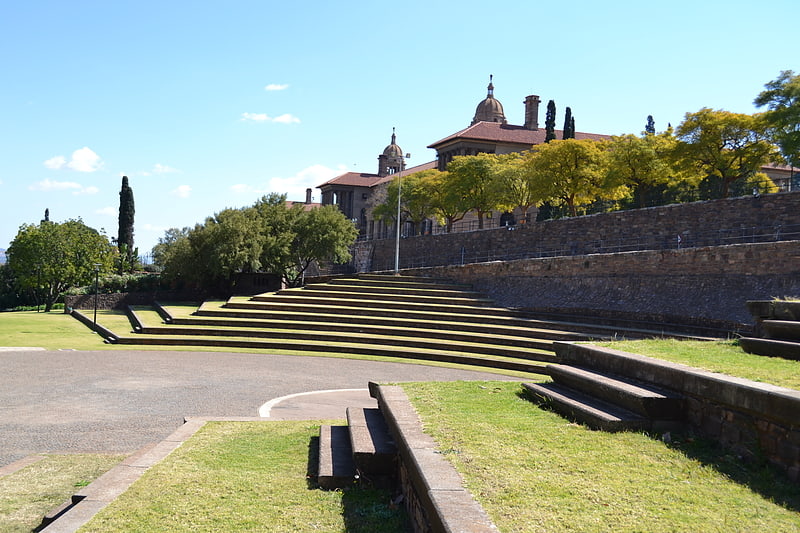
The South African Police Memorial is located in the grounds of the Union Buildings in Pretoria and commemorates officers of the South African Police Service who died in the line of duty.[8]
Kruger House

Also known as: Krugerhuis
Museum in Paul Kruger's former home. Kruger House is the historical Pretoria residence of the Boer leader and President of the South African Republic, Paul Kruger. It was built in 1884 by architect Tom Claridge and builder Charles Clark. Milk was used, instead of water, for mixing the cement from which the house was constructed, as the cement available was of poor quality.
The house was also one of the first in Pretoria to be lit by electricity. The house contains either the original furnishings or items from the same historical period, some of the many gifts that were presented to Kruger as well as other memorabilia.
Another interesting feature of the house is two stone lions on the verandah that were presented to President Kruger as a birthday gift on 10 October 1896 by the mining magnate Barney Barnato.
The Kruger House is now a house museum that tries to recreate the ambience of the period that Kruger lived in.[9]
Address: 59 WF Nkomo St, 0002 Pretoria
Pretoria Forts
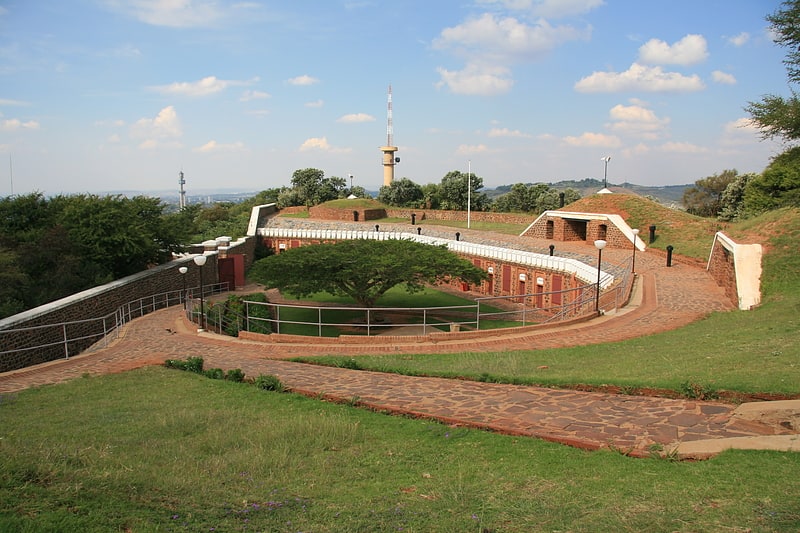
Also known as: Fort Schanskop
Fortress in Pretoria, South Africa. The Pretoria Forts consists of four forts built by the government of the South African Republic just before the outbreak of the Second Anglo-Boer War around their capital of Pretoria.[10]
Ditsong National Museum of Natural History
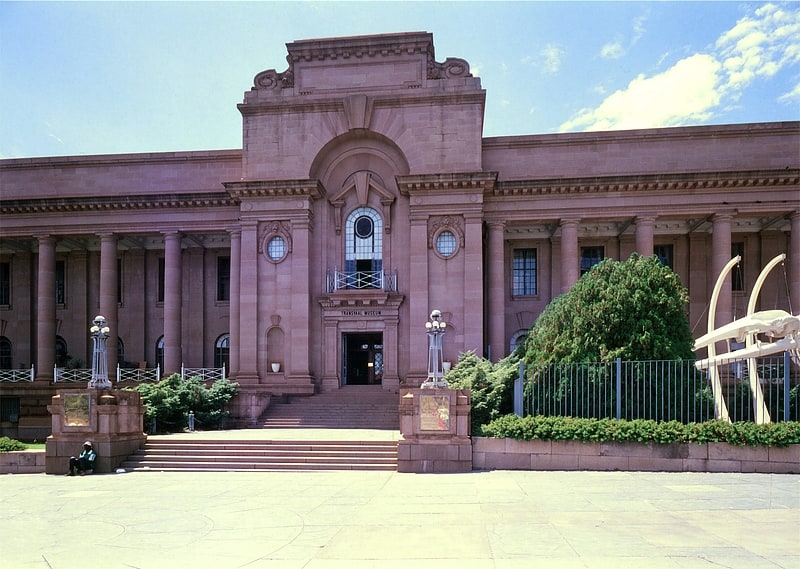
Also known as: Ditsong Nasionale Natuurhistoriese Museum
Huge museum for fossils and dinosaur bones. The Ditsong National Museum of Natural History, formerly the Transvaal Museum, is a natural history museum situated in Pretoria, South Africa. It is located on Paul Kruger Street, between Visagie and Minnaar Streets, opposite the Pretoria City Hall. The museum was established in 1895 by the former South African Republic, also known as the Transvaal. In 2010 it was one of the founding Museums of Ditsong Museums of South Africa.[11]
Address: Paul Kruger St, 0002 IPitoli
Jan Cilliers Park
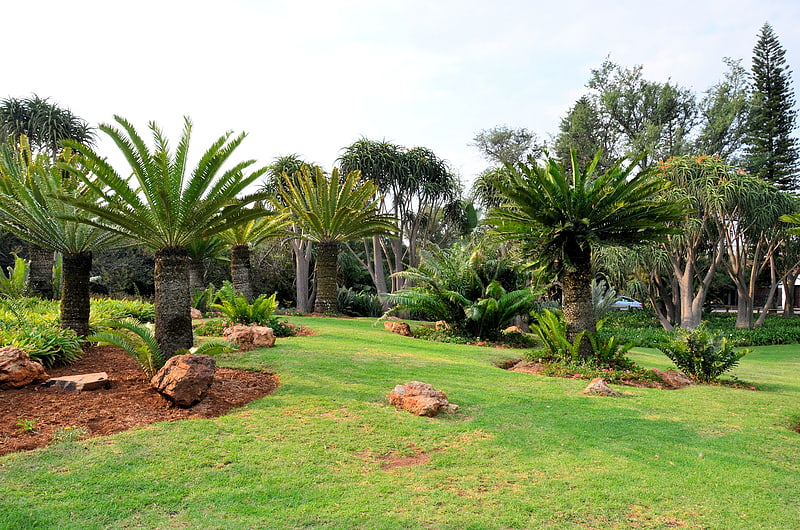
Park in Pretoria, South Africa. Jan Cilliers Park is a park in Groenkloof, Pretoria, South Africa. The 4.5-hectare park on the northern slopes of Klapperkop is also known as Protea Park. The park is dedicated to native plants and offers scenic views of the city and the Union Buildings. The park is on the corner of Wenning and Broderick Streets, with the entrance on the latter. The centerpiece of the park is a stream with 14 miniature waterfalls connecting two dams alongside a wide variety of plants. The park also features large lawns interspersed with rockeries, trees, and shrubs.[12]
Address: Corner Wenning & Broderick Streets, Pretoria
Wonderboom
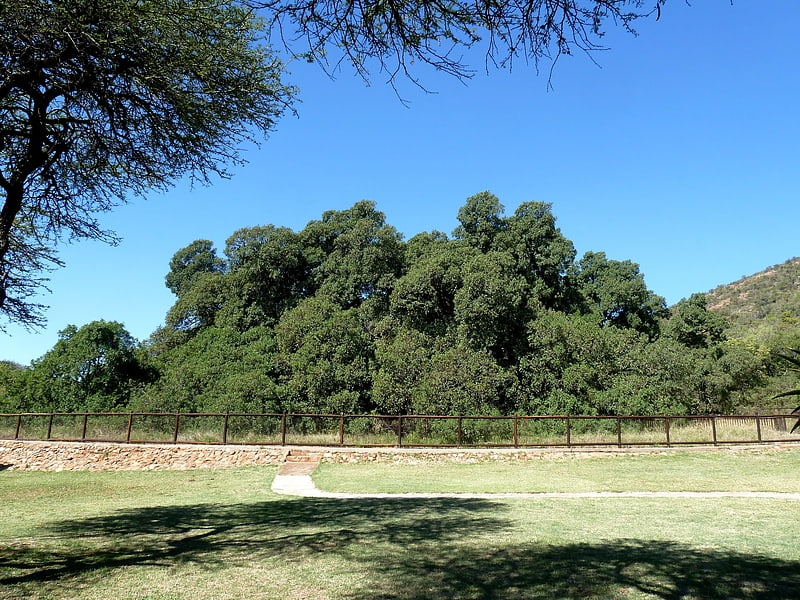
The Wonderboom is a dense grove of parent and daughter trees of the species Ficus salicifolia, that descended from a central bole of about a thousand years old. It is situated in the Wonderboom Nature Reserve, Pretoria, and two circular walkways currently protect it from pedestrian traffic around its trunk and roots. As it has grown, its outlying branches have rooted themselves around the parent tree. This has repeated until there are now three layers of daughter trees encircling the mother fig, with 13 distinct trunks, covering an area with a diameter of over 50 metres.[13]
Old Arts Building
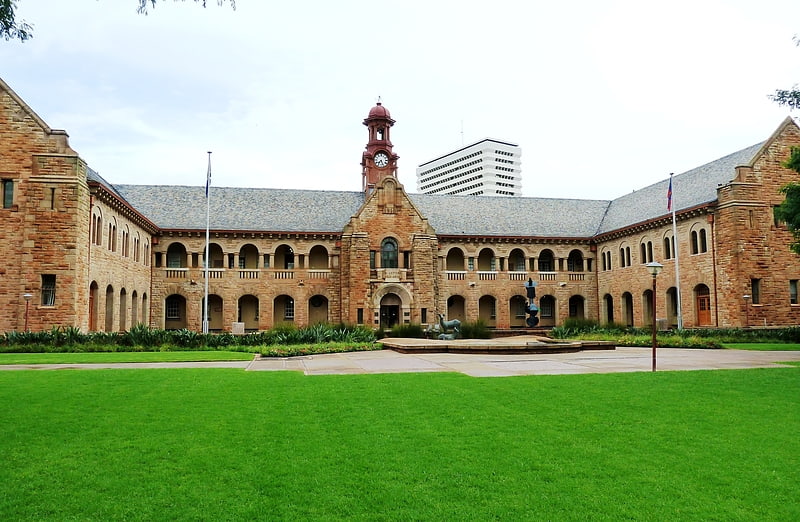
The Old Arts Building, on the main campus of the University of Pretoria, was one of the first structures built there. The building is located on the eastern side of an open courtyard facing the University of Pretoria Faculty of Engineering, the Built Environment, and Information Technology on the western side of same. The official city architect working for the Department of Public Works drew up the plans for the building. On August 3, 1910, Governor General of South Africa Herbert Gladstone, 1st Viscount Gladstone laid the cornerstone for a structure designed by John Johnstone Kirkness, and in 1911, the University moved to its current location.
Local sandstone was used on the building, featuring a style reminiscent of French Renaissance architecture. A distinctive bell tower and stained-glass windows with the coat of arms of the Transvaal University College (T.U.K.) are among the elements here.
The building houses the Mapungubwe Collection in the northern wing of the upper floor, where 166,000 artifacts from the Kingdom of Mapungubwe Mapungubwe excavation are exhibited. In the southern wing of the upper floor lies the Van Tilburg Collection, focusing mainly on South African antiquities and featuring the largest collection of Asian ceramics in the southern hemisphere. A collection of bronze sculptures by Anton van Wouw were also scheduled for exhibition in the central tower section of the Building.[14]
Melrose House
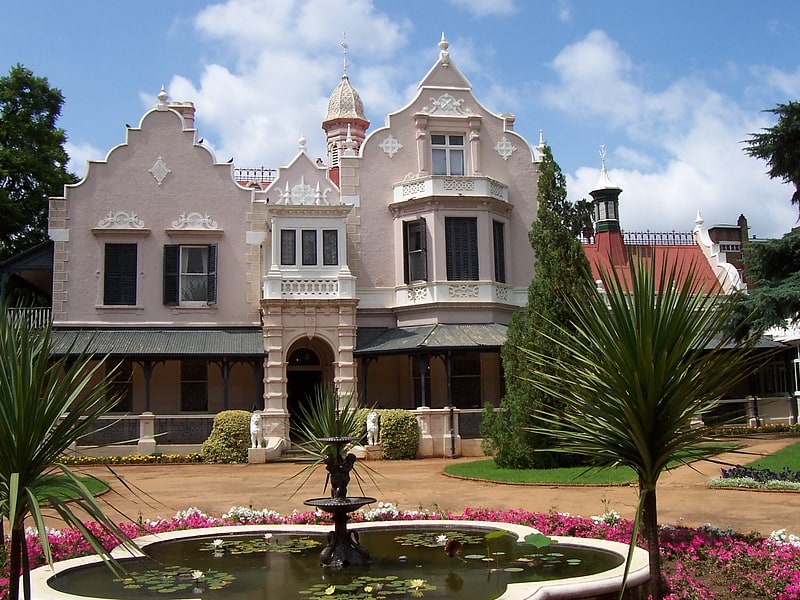
Also known as: Melrose-huis
Historic Victorian mansion with tours. Melrose House is a stately mansion and museum located on Burgers Park in Pretoria, South Africa.[15]
Address: 275 Jeff Masemola St, 0002 Pretoria
Atterbury Theatre
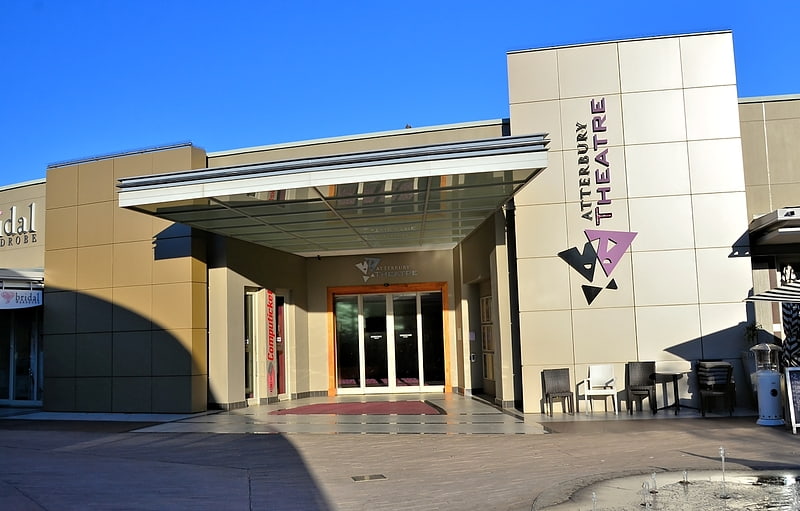
The Atterbury Theatre is a multi-genre concert venue seating 400 and located on the corner of Lynnwood Road and Daventry Street in eastern Pretoria, South Africa, part of the Lynnwood Bridge Retail shopping center. The theatre opened on May 18, 2011, with the musical Stuur Groete aan Mannetjies Roux. The theatre serves as a ground floor piazza alongside the four separate store buildings. Studio 3 Architects International, the firm that designed the theatre, was the National Winner of the Saint-Gobain Gypsum International Trophy in the Innovation category, for the use of certain products in the design of the theatre ceiling. It was developed by the Atterbury Group.[16]
Address: Corner of Lynnwood Road and Daventry Street, Pretoria
Van Wouw Museum
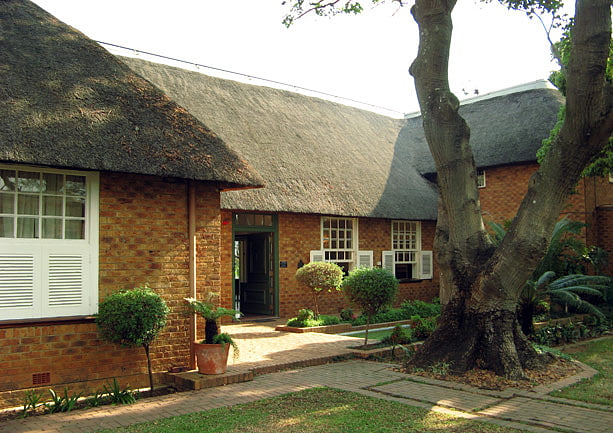
The Van Wouw House, was the last residence of the South African artist Anton Van Wouw.[17]
Pretoria City Hall
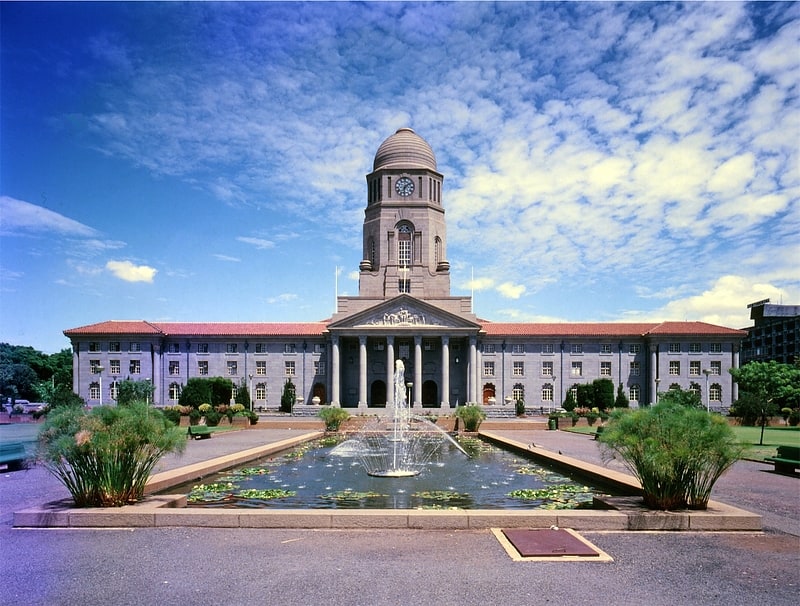
Also known as: Stadsaal van Pretoria
Pretoria City Hall is a large building in Pretoria city centre, South Africa, which was built in 1931 and inaugurated in 1935 in order to celebrate the city-status of Pretoria obtained in 1931. It is located on the Paul Kruger Street south of Church Square and across the street from the Transvaal Museum.[18]
Address: Pretoria, Paul Kruger street
Freedom Park

Also known as: Vryheidspark
Heritage museum in Pretoria, South Africa. Freedom Park is situated on Salvokop in Pretoria. It includes a memorial with a list of the names of those killed in the South African Wars, World War I, World War II as well as during the apartheid era.[19]
Address: 7th Ave, 0183 Pretoria
Pretoria Art Museum
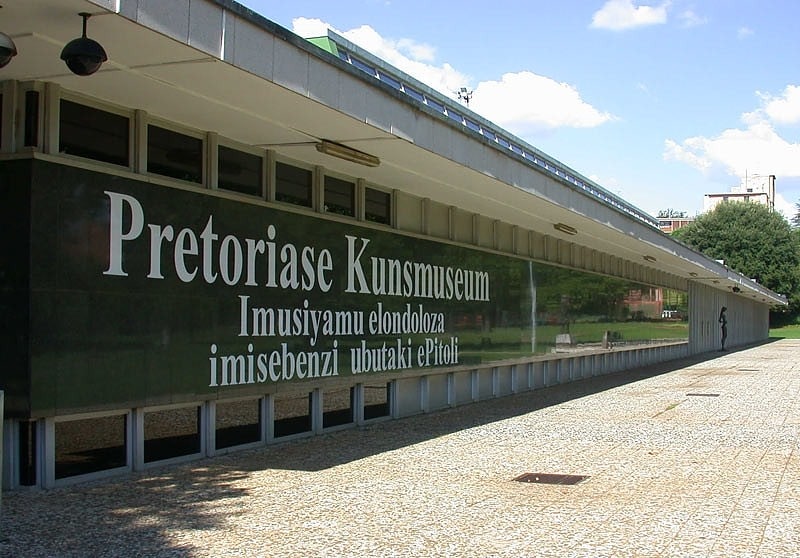
Also known as: Pretoriase Kunsmuseum
Art gallery in Pretoria, South Africa. The Pretoria Art Museum is an art gallery located in Arcadia, Pretoria in South Africa. The museum in Arcadia Park occupies an entire city block bounded by Park, Wessels, Schoeman and Johann Streets.
The Pretoria Art Museum was established to house the City Council of Pretoria's Art Collection, built up since the 1930s. The collection received an early windfall in 1932 when Lady Michaelis bequeathed a large number of artworks to the city council after the death of her husband, Sir Max Michaelis. The collection consisted mainly of 17th-century work of the "North Dutch school",. South African works included pieces by Henk Pierneef, Pieter Wenning, Frans Oerder, Anton van Wouw and Irma Stern. The collection was originally housed in the Town Hall. As South African museums in Cape Town and Johannesburg already had good collections of 17th-, 18th- and 19th-century European art, it was decided to focus on compiling a representative collection of South African art.
Aside from these artists, work by Pieter Hugo Naudé, Maggie Laubser and others was acquired. The purchase of international work was focused on more affordable graphics prints from Europe and USA. More recently there was greater emphasis on contemporary South African art and building a more representative historical collection also traditional arts and new-media. After the death of the sculptor Lucas Sithole 1994, half of his unfinished work by Haenggi Foundation was donated to the museum after documented by art historian Elza Miles. The South African collection now includes work by Gerard Sekoto and Judith Mason. Since the mid-1990s, the New Signatures competition is also held at the Pretoria Art Museum.[20]
Address: Wessels St, 0007 Pretoria